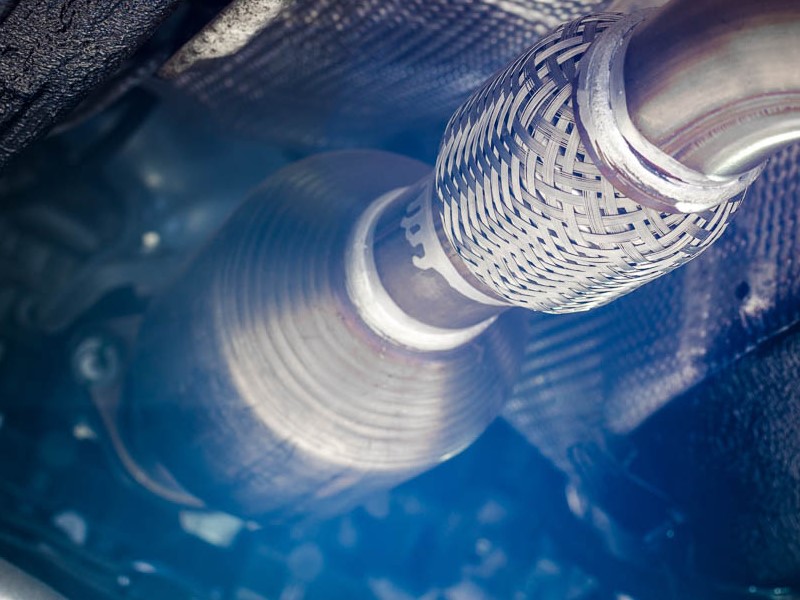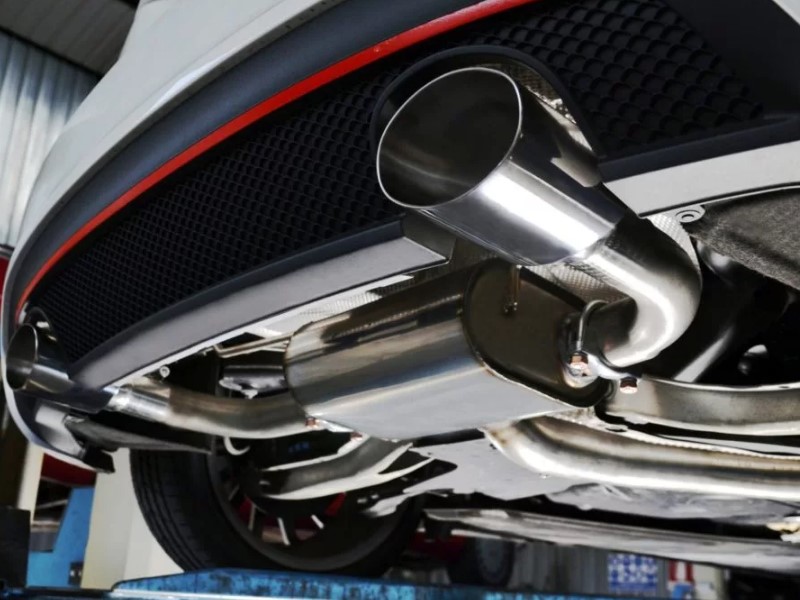The DPF filter or diesel particulate filter makes diesel vehicles run much cleaner. How does it work, though? Do all cars have one? How do you know if something is wrong with this particular part of your vehicle?
What is a DPF Filter?
The diesel particular filter, or simply DPF, is part of the exhaust system of diesel cars. It is designed and meant to filter out dangerous soot.
Just so you know, diesel engines can generate a lot of soot every time they burn fuel. The soot formed is what you call particulate matter. This is a very fine substance known to cause several serious health issues, such as breathing problems.

The main purpose of the DPF is not only to filter but also to store harmful soot to help lower the emissions that diesel cars produce. However, since the DPF has a limited capacity, it is important to burn off this soot regularly for the DPF to be regenerated.
The moment the filter is blocked by soot, it can prevent the engine from running. Unfortunately, this can leave you facing an expensive repair bill to get it clean, or in worst cases, even the need to replace the DPF filter completely. This is why it is no wonder that many people often ask about DPFs, especially when planning to buy a diesel car.
Do All Cars Have a DPF?
Cars made after 2009 do have DPFs. Since September 2009, every diesel car was required to be fitted with a DPF in its exhaust to prevent the soot from being released into the atmosphere. It is part of the Euro 5 standard for diesel cars. However, take note that there are also cars built before 2009 that also feature a DPF filter.
What is the Main Purpose of a DPF?
The DPF has one job and that is to filter the soot coming from diesel engines and store it. Now, you might be wondering what it does to all the dangerous soot it stores. The DPF will burn this at high temperatures of the filter, which will then leave behind a residue of ash. This is called regeneration.
The Purpose of a DPF filter (Diesel Particulate Filter)
Regeneration will burn off the filter’s excess soot to reduce the dangerous exhaust emissions and help prevent those black plumes of smoke you often see coming from older diesel vehicles every time they pick up speed. Regeneration has two types: passive and active.
How to Tell If You Have a DPF Blockage
If your DPF filter is almost blocked, the DPF warning light is going to flash up on the dashboard. This is your cue to take your vehicle for a fast and long run to allow the DPF to burn the soot off before it ends up blocked for good.
Older diesel vehicles which often do a lot of slow and short runs usually have a blocked DPF filter that requires manual unblocking or worse, even a complete replacement. This is why it is important to always monitor your DPF to prevent more serious problems down the road.
Read next: Signs of Leaks in a Valve Cover Gasket
Similar Posts From The Same Category:
- Quick Guide to Roof Bars and Racks
- How to Use a Hail Cover for Car
- Car Windshield Maintenance Tips
- Everything you Need to Know about Roof Bars
- Signs of Leaks in a Valve Cover Gasket
